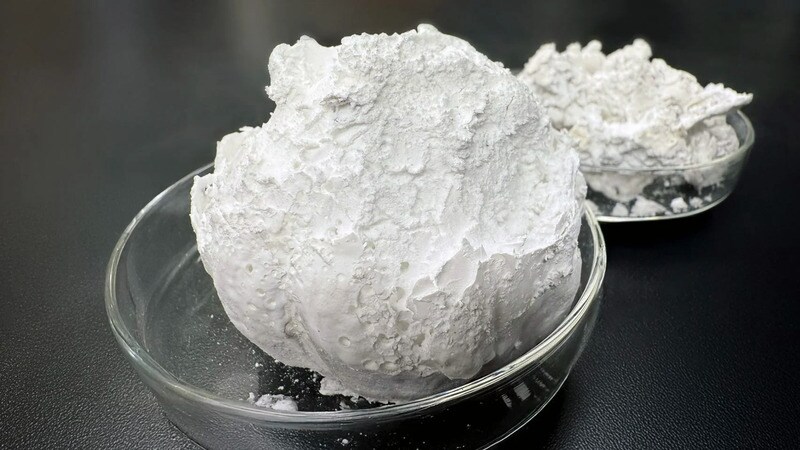
A Team at Northwestern University Developed an Alternative Sand
References: dezeen & mccormick.northwestern.edu
A group of researchers at the Northwestern University has pushed new boundaries with the latest project creating carbon-negative artificial sand. This means that it could possibly replace conventional sand in concrete when storing CO2.
The team was led by civil engineer Alessandro Rotta Loria who was working on finding a way to 'grow' sand and to do so, he injected CO2 and electricity into seawater. The material then came to life with the aid of Cemex as well, which is a leading global cement manufacturer. Loria noted that the material is quite comparable to the regular sand and this notion applies to the structural integrity, offering an alternative that is carbon negative during its use.
Image Credit: Northwestern University
The team was led by civil engineer Alessandro Rotta Loria who was working on finding a way to 'grow' sand and to do so, he injected CO2 and electricity into seawater. The material then came to life with the aid of Cemex as well, which is a leading global cement manufacturer. Loria noted that the material is quite comparable to the regular sand and this notion applies to the structural integrity, offering an alternative that is carbon negative during its use.
Image Credit: Northwestern University
Trend Themes
1. Carbon-negative Construction Materials - The development of carbon-negative construction materials like artificial sand promises a sustainable shift in building practices by minimizing carbon footprints.
2. Biotech-led Material Innovation - Biotechnology-driven innovations such as CO2-injected artificial sand highlight the potential for bioengineering in developing environmentally friendly building materials.
3. Renewable Material Synthesis - The concept of synthesizing materials from seawater and CO2 represents a live breakthrough in renewable resource utilization within the construction industry.
Industry Implications
1. Green Construction - Green construction stands to benefit immensely from integrating materials like carbon-negative artificial sand that fosters sustainability in infrastructure development.
2. Biomaterials Manufacturing - Biomaterials manufacturing faces an evolution as techniques involving CO2 and seawater can redefine how eco-friendly materials are produced and used.
3. Carbon Capture Technology - Innovations in carbon capture technology are exemplified by leveraging CO2 to grow construction materials, establishing a dual benefit of environmental responsibility and material utility.
7.6
Score
Popularity
Activity
Freshness
























